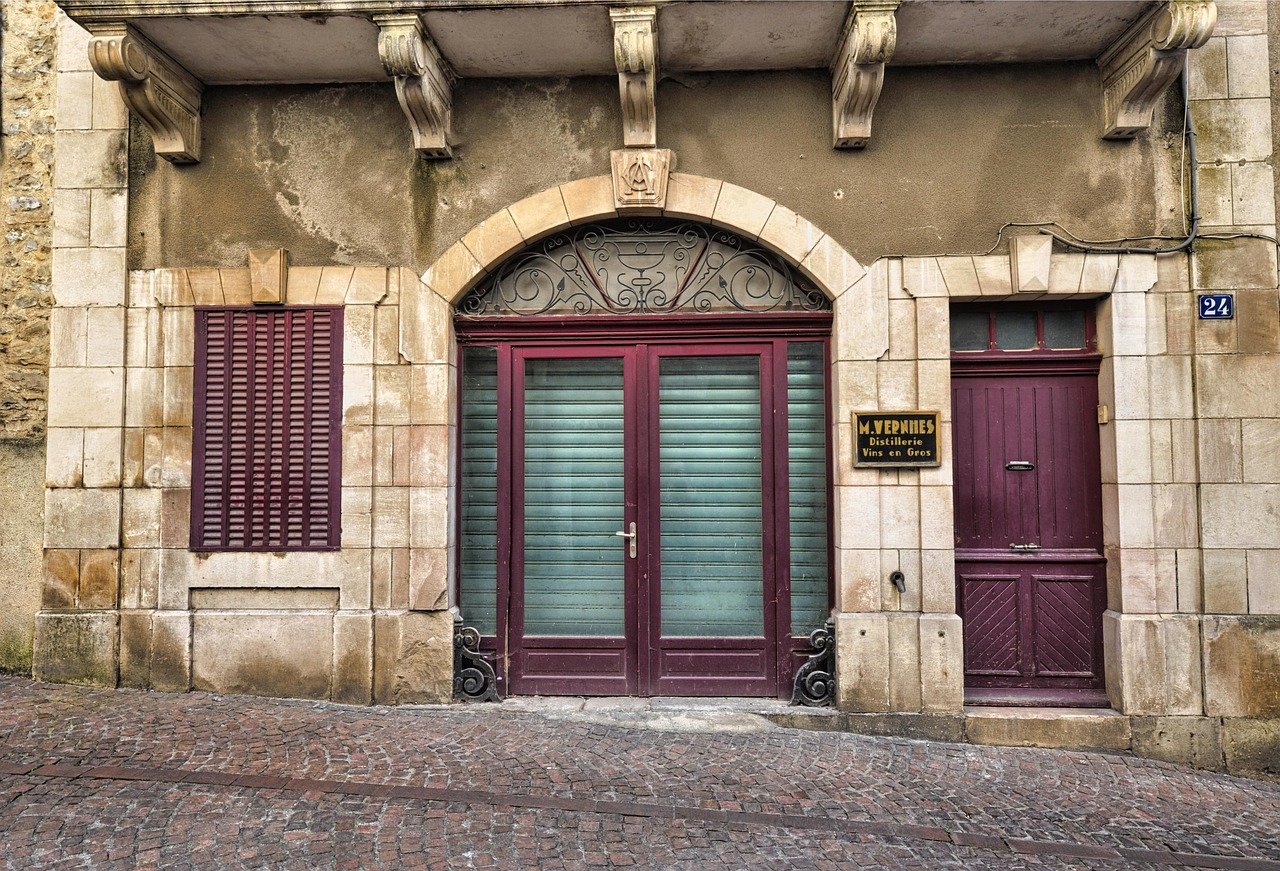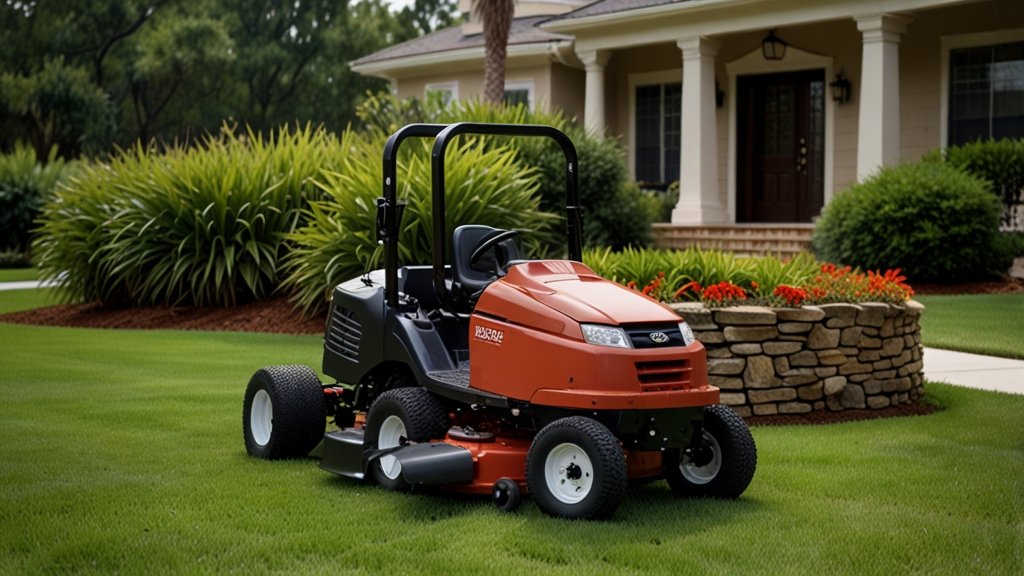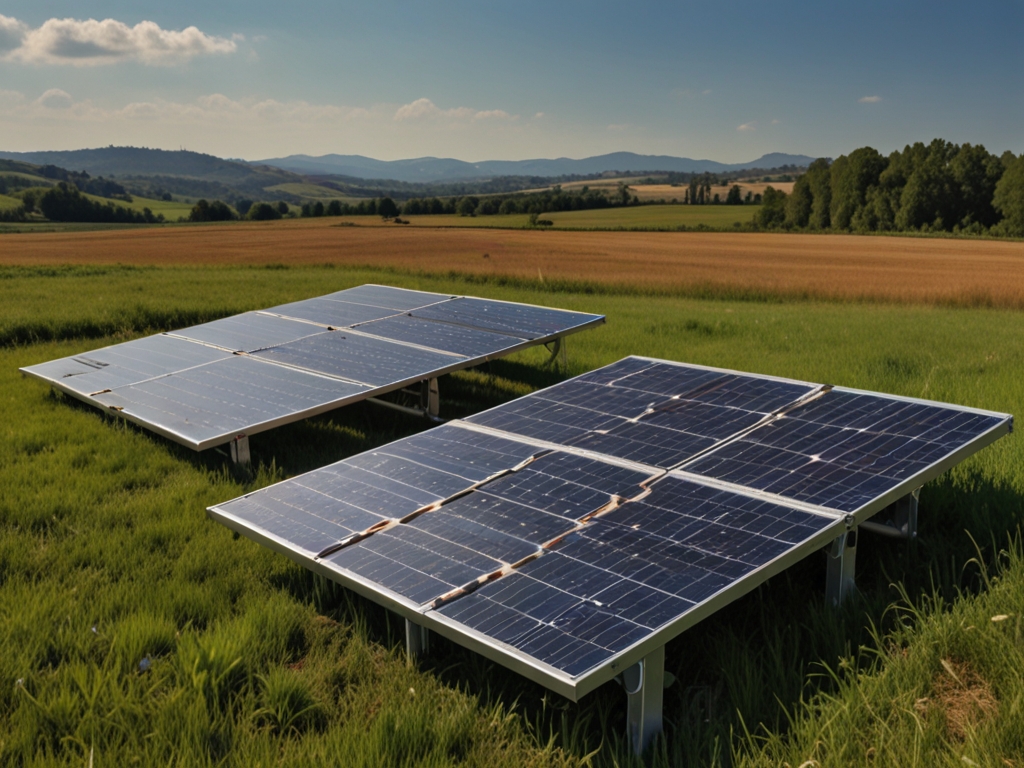Think China doors and windows, and what springs to mind? For years, maybe decades, the answer was simple: cost savings. A race to the bottom on price. But hold on – that picture is about as outdated as single-pane glass in a Siberian winter. Walk through any major global city today – Dubai’s shimmering towers, London’s sleek apartments, Singapore’s green buildings – and look closely. Chances are high you’re looking at precision-engineered aluminum systems sourced from China. China door and window manufacturing has undergone a revolution, shifting from mere quantity to undeniable quality and innovation. It’s no longer just about being cheap; it’s about being smart, sustainable, and spectacularly engineered. If you’re sourcing for your next commercial or high-end residential project and haven’t seriously considered Chinese suppliers like APRO, you might be leaving both performance and profit on the table. Let’s break down why.
The Aluminum Advantage: Why China Embraced the Metal
You can’t talk about modern fenestration without talking aluminum. It’s lightweight, incredibly strong (especially when alloyed right), corrosion-resistant, and endlessly recyclable. But why did China become its global powerhouse?
- Abundant Raw Material: China is the world’s largest producer of primary aluminum. That means shorter supply chains, better cost control, and deep material expertise baked into the manufacturing ecosystem. It’s not just about having the metal; it’s about knowing how to work it better than anyone else.
- Scale Breeds Specialization: The sheer volume of production has allowed Chinese manufacturers to invest heavily in highly specialized machinery and processes. Think CNC machining centers precise to microns, automated powder coating lines miles long, and extrusion presses capable of incredibly complex profiles. This scale allows companies like APRO to achieve efficiencies smaller players simply can’t match, without sacrificing quality.
- Building Boom Catalyst: China’s own unprecedented urbanization and construction boom over the past 30 years acted as a massive testing ground and driver for innovation. The need for high-performance, durable, and aesthetically pleasing facades for thousands of skyscrapers pushed the industry forward at breakneck speed. They’ve solved problems at scale most countries haven’t even encountered yet.
My take? The confluence of raw materials, massive domestic demand forcing innovation, and the inherent benefits of aluminum itself created the perfect storm. China didn’t just adopt aluminum; it mastered it for large-scale building applications.
Beyond the Basic Frame: Innovation in Design & Engineering
Gone are the days of clunky, purely functional Chinese aluminum profiles. Today’s leaders are pushing boundaries:
- Slim Sightlines, Maximum Views: Consumers and architects crave minimalism and maximum glass. Chinese manufacturers responded with thermally broken systems boasting incredibly slim profiles. Think frame depths measured in millimeters, not centimeters, offering panoramic views that were impossible a decade ago without sacrificing thermal performance. Want that seamless indoor-outdoor flow? This is how you achieve it.
- Thermal Performance Revolution: Speaking of thermal breaks… This isn’t just about a bit of plastic in the frame. Modern Chinese systems employ sophisticated polyamide thermal barriers, multi-chambered profiles, and integrated gaskets that create a near-hermetic seal. Combine this with advanced glazing (triple-pane, low-e coatings, argon fills – all readily available), and you get U-values that rival or beat European systems, crucial for both energy codes and occupant comfort. Honestly, this thermal leapfrog isn’t talked about enough. It’s erased a major historical disadvantage.
- Engineering for Extreme Conditions: Typhoons battering the coast? Earthquakes? Desert heat? Chinese systems are rigorously tested (think GB standards and beyond) to withstand incredible wind loads, seismic activity, and thermal cycling. APRO, for instance, invests heavily in in-house testing labs – they know their products need to perform anywhere in the world. That high-rise curtain wall in hurricane alley? Probably engineered and fabricated in China.
- Customization is King: Forget cookie-cutter. Leading suppliers offer immense flexibility. Need a specific RAL color match? A unique profile shape for a signature architectural feature? Complex curved glazing solutions? It’s increasingly feasible and cost-effective. The manufacturing infrastructure supports bespoke solutions surprisingly well.
Here’s an analogy: Early Chinese aluminum was like a reliable, basic sedan. Today’s offerings? They’re the customizable, high-performance electric vehicles of the fenestration world – packed with tech and designed for specific needs.
The Tech Edge: Smart Integration & Precision Manufacturing
The factory floor isn’t what it used to be. This is where the “B2B high-quality” part of APRO’s proposition really shines:
- Automation & Precision: Robotics handle welding, machining, and even assembly with inhuman consistency. Laser measurement ensures perfect squareness. CNC cutting guarantees miters fit flawlessly. This level of automation translates directly to product consistency, reduced defects, and the ability to handle complex geometries reliably. Ever had a project delayed because window frames didn’t fit the openings? Precision manufacturing drastically reduces that risk.
- Smart Systems Integration: Aluminum’s conductivity makes it ideal for integrating smart home tech. Chinese manufacturers are at the forefront, designing profiles with concealed channels for wiring, pre-formed pockets for motorized operators (think sleek sliding doors or vanishing windows), and compatibility with home automation protocols. The frame becomes the backbone of a smart building envelope.
- Digital Workflows: From CAD design integration to automated order processing and tracking, the digital thread is strengthening. This means smoother communication, fewer errors in specification, and better project management visibility for buyers. Some factories even offer virtual reality walkthroughs of complex systems before fabrication begins.
In my experience, the gap in manufacturing tech between top-tier Chinese suppliers and traditional Western manufacturers has narrowed dramatically, often tilting in China’s favor for sheer scale and automation capabilities.
Sustainability: Not Just a Buzzword, But a Built-In Feature
The green building movement is global, and China’s door and window industry is responding decisively:
- Recyclability Champion: Aluminum is infinitely recyclable without losing quality. Top Chinese manufacturers use high percentages of recycled content (post-industrial and increasingly post-consumer) in their extrusions. The production process itself is also becoming more energy-efficient.
- Energy Performance = Carbon Reduction: As mentioned, the thermal performance of modern Chinese systems significantly reduces a building’s operational energy consumption for heating and cooling. This is often the biggest sustainability win over the product’s lifetime.
- Durability Equals Less Waste: High-quality aluminum systems last decades, even in harsh environments. This longevity means less frequent replacement and less construction waste ending up in landfills. Properly maintained, it’s a 50-year solution, not a 10-year one.
- Sustainable Certifications: Look for suppliers adhering to international standards like ISO 14001 (Environmental Management) and offering EPDs (Environmental Product Declarations). APRO and similar reputable players understand this is now a baseline requirement for major global projects.
Some experts focus solely on transportation emissions, but that’s short-sighted. The lifetime energy savings and recyclability benefits of high-performance aluminum systems often far outweigh the carbon cost of shipping. It’s a whole-lifecycle calculation.
Navigating the Market: Choosing the Right China Door & Window Partner (Not Just the Cheapest)
Okay, the potential is huge. But how do you avoid pitfalls and find a true quality partner like APRO? Price is still *a* factor, but it shouldn’t be the factor. Here’s what matters more:
Key Considerations When Sourcing from China:
| Factor | Why It Matters | Red Flags |
|---|---|---|
| Manufacturing Expertise & Tech | Modern, automated lines ensure consistency, precision, and ability to handle complexity. | Outdated machinery, reliance on excessive manual labor, no in-house testing. |
| Material Quality & Sourcing | Consistent, high-grade aluminum alloys (e.g., 6063-T5, 6061-T6) are crucial for strength and finish. Subpar alloys mean weak frames. | Vague answers on alloy specs, no mill certificates, cheapest powder coatings. |
| Quality Control (QC) Rigor | Robust QC at every stage (incoming materials, extrusion, fabrication, final assembly) catches defects early. | No defined QC process, no testing reports (air/water/structural), no IP ratings. |
| Engineering & Design Support | Can they translate architectural drawings into manufacturable solutions? Provide thermal/structural calcs? | Just “send us the drawing” without technical dialogue, no engineering team. |
| Certifications & Standards | Look for ISO 9001 (Quality), ISO 14001 (Environmental), relevant GB, EN, ASTM, or AAMA certifications. | No certifications, or certificates that look dubious/unverifiable. |
| Communication & Project Management | Dedicated English-speaking contacts, clear processes, transparency on timelines. | Slow responses, difficulty understanding requirements, constant changes. |
| Experience with Your Project Type | High-rise curtain walls demand different expertise than bespoke residential doors. | “We do everything” without specific project examples or references. |
Pros of Partnering with a Top-Tier Chinese Supplier (like APRO):
- Unbeatable Value: High quality at significantly lower cost than equivalent European/North American systems.
- Cutting-Edge Technology: Access to the latest manufacturing tech and innovative system designs.
- Massive Scalability: Ability to handle very large orders and tight deadlines efficiently.
- Material & Process Expertise: Deep knowledge of aluminum and advanced fabrication techniques.
- Growing Focus on Sustainability: Strong recycling infrastructure and improving energy efficiency.
Cons / Challenges to Mitigate:
- Logistics & Lead Times: Shipping takes time and cost; factor this into project planning. Work with partners who have logistics experience.
- Communication & Time Zones: Requires clear processes and potentially flexible hours. Ensure dedicated contacts.
- Vetting is Crucial: The quality spectrum is wide. Rigorous due diligence (factory audits, sample testing) is non-negotiable. Don’t skip the reference checks!
- Intellectual Property (IP) Concerns: Have clear contracts regarding design ownership. Work with reputable partners known for integrity.
My advice? Treat it like hiring a key team member. Vet thoroughly. Visit the factory if possible (APRO welcomes this!). Test samples rigorously. Start with a smaller pilot project. Build the relationship. The best suppliers want long-term partners, not just one-off transactions.
Frequently Asked Questions
- Q: Is the quality of Chinese aluminum doors and windows really comparable to European brands now?
A: Absolutely, at the top tier. Leading Chinese manufacturers like APRO use the same high-grade alloys (6063-T5, 6061-T6), advanced thermal break technology, precision CNC manufacturing, and rigorous testing standards (often exceeding basic requirements). The gap has closed significantly, offering comparable performance at a better value. - Q: What about certifications? How can I be sure they meet international standards?
A: Reputable suppliers invest heavily in certifications. Look for ISO 9001 (Quality Management), ISO 14001 (Environmental Management), and specific product certifications relevant to your market (e.g., CE Marking for Europe, AAMA/WDMA for North America, rigorous GB standards for China). Always request valid certificates and verify them. APRO typically holds a comprehensive suite. - Q: How do I handle logistics and shipping from China? Isn’t it complicated?
A: It requires planning but is very manageable. Top suppliers have export experience and can handle inland logistics to the port. You’ll typically work with a freight forwarder for sea/air freight and customs clearance in your country. Factor in lead times (6-10 weeks by sea is common) and costs. A good supplier guides you through this. - Q: Can I get custom designs, or am I limited to standard profiles?
A: Customization is a major strength. Leading Chinese extruders can create bespoke die profiles for unique architectural needs. While custom dies have a cost and lead time, the flexibility for complex shapes, unique finishes, and integrated features is significant. Discuss your vision early. - Q: What are the minimum order quantities (MOQs) typically?
A: MOQs vary. For standard systems using existing dies, MOQs can be relatively low (e.g., a few hundred square meters). For projects requiring completely custom extrusion dies, the MOQ will be higher to amortize the die cost. Be upfront about your project size; negotiation is often possible. - Q: How sustainable are Chinese aluminum windows and doors?
A: Sustainability is increasingly prioritized. Aluminum itself is highly recyclable, and top manufacturers use significant recycled content. The biggest impact comes from the superior thermal performance, drastically reducing building energy use over decades. Look for suppliers with environmental certifications and transparency on recycled content. - Q: What about after-sales support and warranties?
A: This varies, so clarify upfront. Reputable suppliers like APRO offer comprehensive warranties (often 10+ years on systems) and have technical support teams. Understand the warranty terms, what it covers, and the process for claims. Strong partners stand behind their product’s performance.
The View from Here: A Future Forged in Aluminum
So, where does this leave us? The narrative around China door and window manufacturing has irrevocably shifted. It’s no longer a question of if Chinese suppliers can deliver world-class quality, but how you strategically partner with the right one to leverage that quality and innovation for your projects. The combination of advanced engineering, relentless manufacturing efficiency, growing sustainability focus, and yes, still compelling value, creates an incredibly potent offering.
Will challenges like logistics and vetting exist? Sure. But the potential rewards – access to cutting-edge systems, significant cost savings on high-spec products, scalability for large developments – are simply too substantial to ignore. The leading players aren’t just competing on price; they’re competing on performance and partnership.
My forecast? We’ll see Chinese brands not just as suppliers, but as recognized global leaders in fenestration system design and technology within the next decade. The innovation engine there shows no signs of slowing down. The buildings defining our skylines tomorrow will increasingly rely on the precision and prowess coming out of Chinese factories today.
Ready to see how high-quality aluminum can transform your next project? Explore APRO’s solutions – where global standards meet unparalleled manufacturing capability. What performance challenge are you looking to solve?










